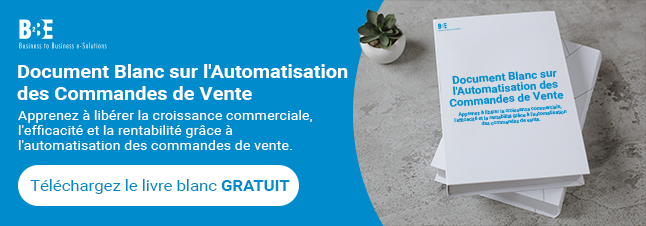Le steps for order management provide the foundation of a smooth ordre d'encaissement cycle. When each step is clearly defined and well-executed, businesses can fulfil orders faster, reduce errors, and improve customer satisfaction. But when order management is inconsistent or manual, it can lead to delays, disputes, and missed revenue opportunities.
Every order, whether simple or complex, goes through a series of stages that determine how well products are delivered and payments are received. A clear structure helps reduce errors, improve customer satisfaction, and strengthen cash flow.
What is Order Management?
Before exploring the steps for order management, it helps to understand what order management means. It’s the process of receiving, tracking, and fulfilling customer orders. It covers every stage, from the moment an order is placed to when it’s delivered and paid for. An efficient order management process ensures that all departments, such as sales, logistics, and finance, work together seamlessly.
What Are the Basic Steps for Order Management?
Steps for order management typically follow a structured path from order placement to payment. Each step plays a role in ensuring that the right product reaches the right customer at the right time and that the transaction is recorded accurately.
Here’s a breakdown of the key steps:
1. Order Placement
The process begins when a customer places an order. This can happen through a portal, email, or integrated system. Capturing the order correctly is essential because it sets the tone for everything that follows.
2. Order Entry and Confirmation
Once received, the order is entered into the system. Confirmation is sent to the customer, including details like quantity, pricing, and delivery timelines. This step in the order management process ensures transparency and helps avoid misunderstandings.
3. Order Validation
Validation checks whether the order meets business rules. This includes verifying product availability, pricing, and customer details. Because errors at this stage can lead to fulfilment issues, validation is a critical control point.
Visionnez notre vidéo ci-dessous :
4. Order Fulfilment
The order is picked, packed, and shipped. Fulfilment teams rely on accurate order data to ensure the right items are delivered. Tracking information is therefore often shared at this stage to keep customers informed.
5. Invoice Generation
Once the order is shipped, an invoice is generated. This step links order management to the accounts receivable process. Accurate invoicing depends on clean order data, so any errors earlier in the process can cause delays here.
6. Payment Collection
The final step is collecting payment. This may involve matching the invoice to the original order and confirming delivery. Timely payment depends on accurate documentation and clear communication.
Why These Steps for Order Management Matter
Each step in the order management process supports the broader ordre d'encaissement cycle. When done well, businesses benefit from:
- Faster fulfilment
- Fewer disputes
- Improved cash flow
- Better visibility
- Stronger customer relationships
Because order management touches multiple departments, having a clear process helps everyone stay aligned and efficient.
Building a Strong Order Management Process
Steps for order management may seem routine, but they’re essential for operational success. By standardising each step, automating where possible, and integrating systems, businesses can then reduce friction and improve performance across the order to cash cycle.
Whether you’re handling a few orders a day or thousands, a strong order management process helps you deliver with confidence and get paid on time.
If you’re looking for an Order to Cash solution, download our datasheet to learn more.

